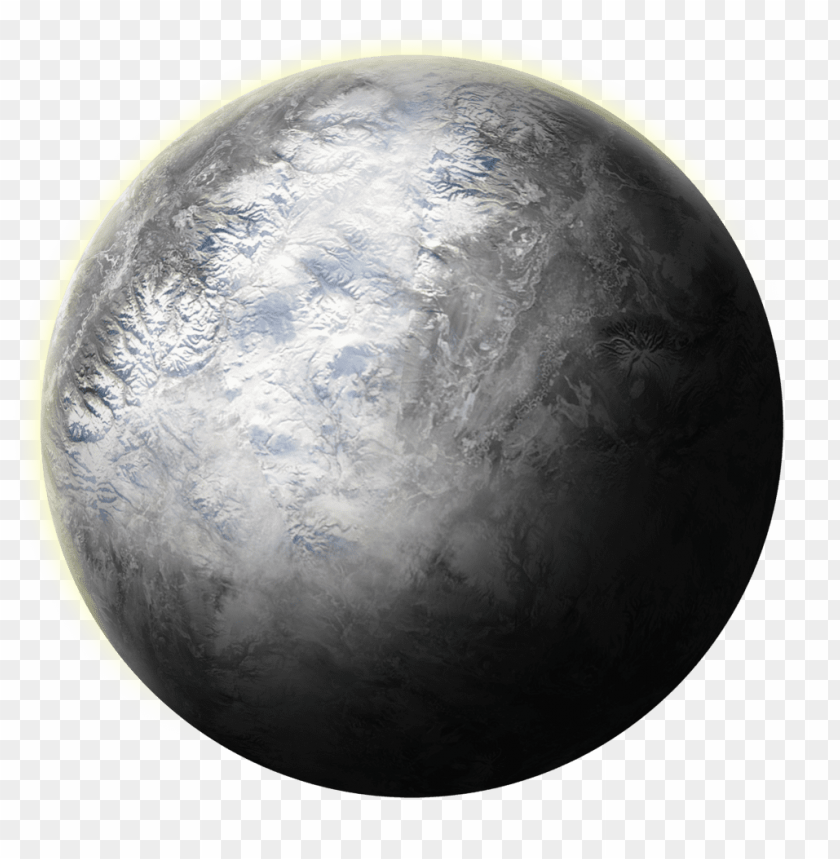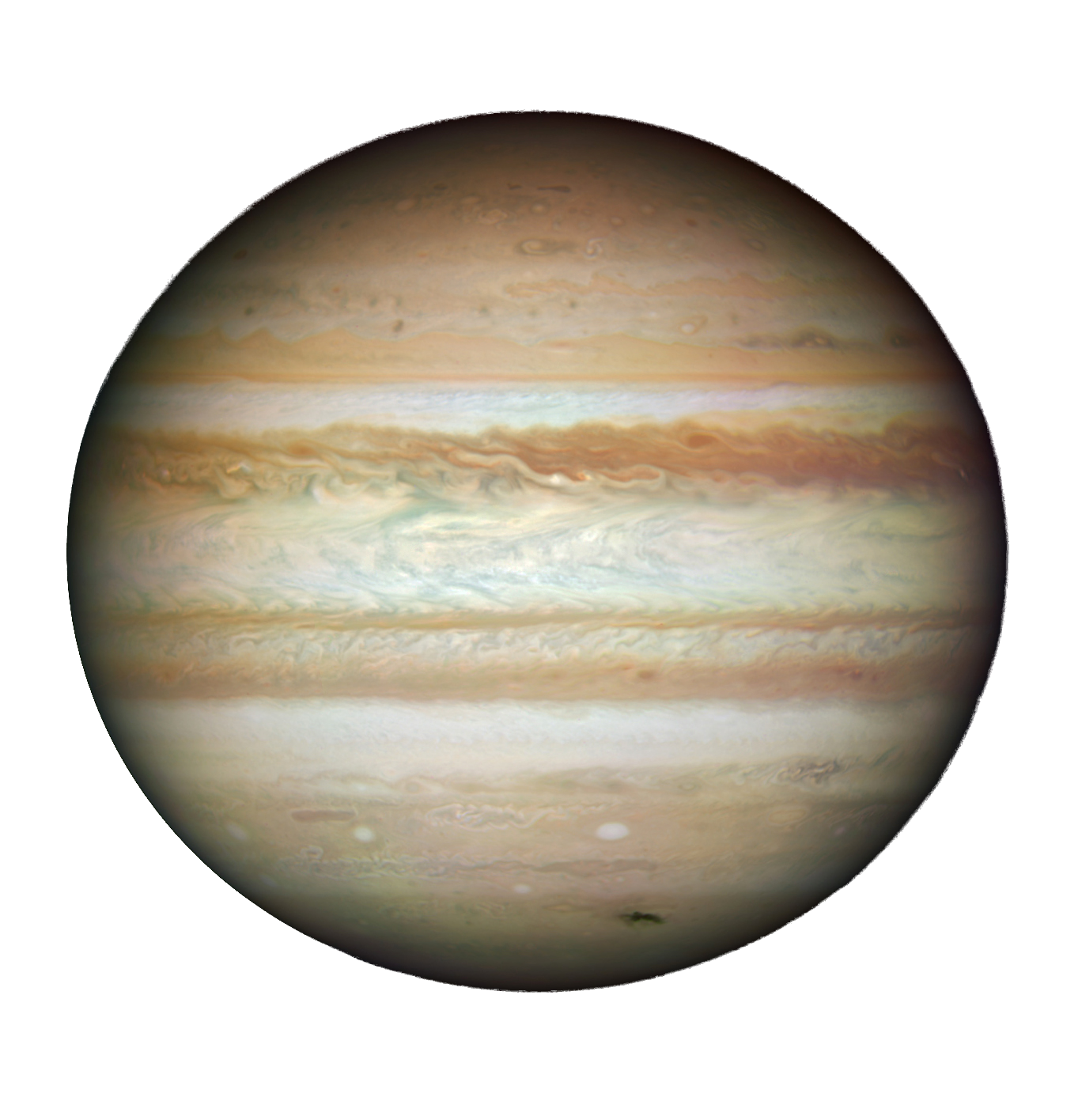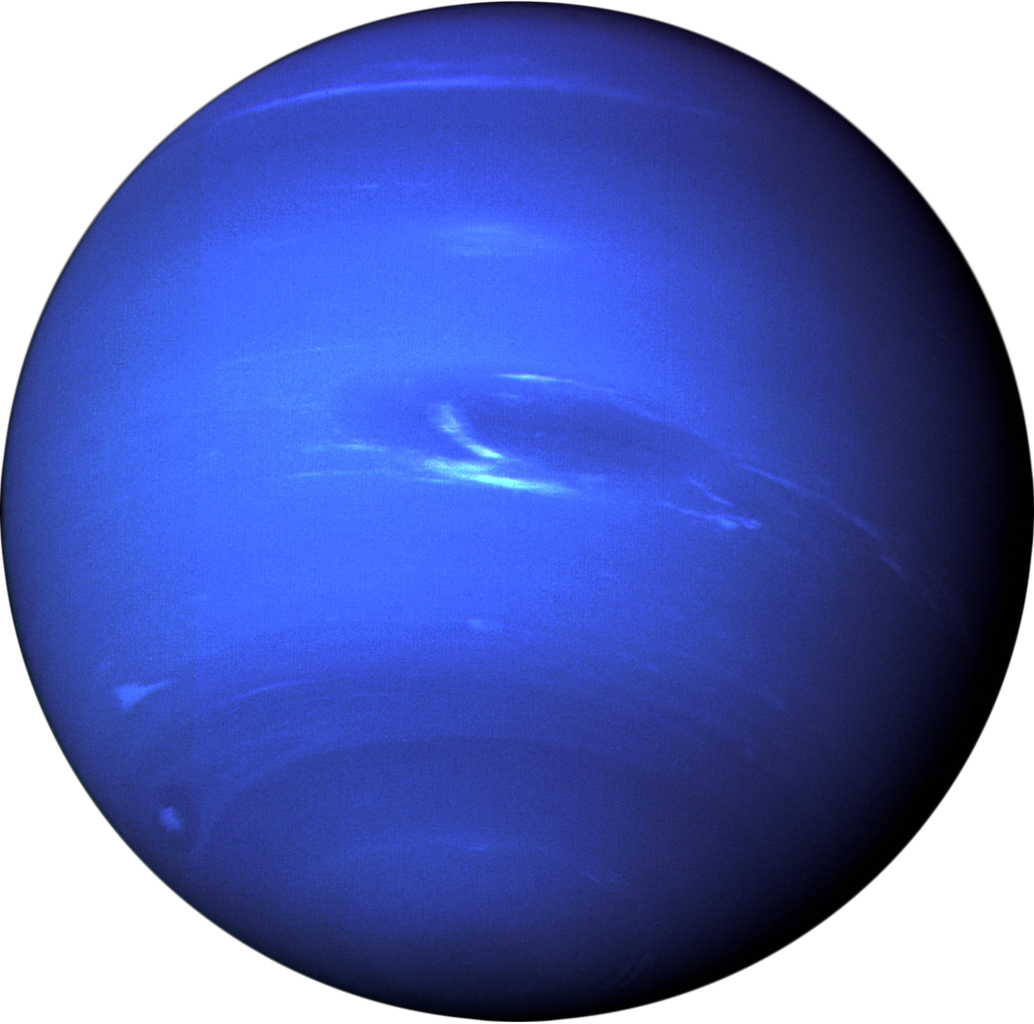space
Space is the boundless three-dimensional extent in which objects and events have relative position and direction. Physical space is often conceived in three linear dimensions, although modern physicists usually consider it, with time, to be part of a boundless four-dimensional continuum known as spacetime Discovery For millennia, astronomers have followed points of light that seemed to move among the stars. The ancient Greeks named them planets, meaning "wanderers." Mercury, Venus, Mars, Jupiter and Saturn were known in antiquity, and the invention of the telescope added the Asteroid Belt, Uranus, Neptune, Pluto and many of these worlds' moons. The dawn of the space age saw dozens of probes launched to explore our system, an adventure that continues today. Only one spacecraft so far, Voyager 1, has crossed the threshold into interstellar space. The discovery of Eris kicked off a rash of new discoveries of dwarf planets, and eventually led to the International Astronomical Union revising the definition of a "planet." The revision changed Pluto's status from planet to dwarf planet in 2006, a decision that remains controversial – especially after the New Horizons mission found immense geological variety on the world in 2015. [Infographic: Structure of the Solar System] Astronomers are now hunting for another planet in our solar system, a true ninth planet, after evidence of its existence was unveiled on Jan. 20, 2016. The so-called "Planet Nine," as scientists are calling it, is about 10 times the mass of Earth and 5,000 times the mass of Pluto. Formation Many scientists think our solar system formed from a giant, rotating cloud of gas and dust known as the solar nebula. As the nebula collapsed because of its gravity, it spun faster and flattened into a disk. Most of the material was pulled toward the center to form the sun. Other particles within the disk collided and stuck together to form asteroid-sized objects named as planetesimals, some of which combined to become the asteroids, comets, moons and planets. The solar wind from the sun was so powerful that it swept away most of the lighter elements, such as hydrogen and helium, from the innermost planets, leaving behind mostly small, rocky worlds. The solar wind was much weaker in the outer regions, however, resulting in gas giants made up mostly of hydrogen and helium. The sun The sun is by far the largest object in our solar system, containing 99.8 percent of the solar system's mass. It sheds most of the heat and light that makes life possible on Earth and possibly elsewhere. Planets orbit the sun in oval-shaped paths called ellipses, with the sun slightly off-center of each ellipse. NASA has a fleet of spacecraft observing the sun to learn more about its composition, and to make better predictions about solar activity and its effect on Earth. The four inner four planets — Mercury, Venus, Earth and Mars — are made up mostly of iron and rock. They are known as terrestrial or earthlike planets because of their similar size and composition. Earth has one natural satellite — the moon — and Mars has two moons — Deimos and Phobos. Between Mars and Jupiter lies the Asteroid Belt. Asteroids are minor planets, and scientists estimate there are more than 750,000 of them with diameters larger than three-fifths of a mile (1 km) and millions of smaller asteroids. The dwarf planet Ceres, about 590 miles (950 km) in diameter, resides here. A number of asteroids have orbits that take them closer into the solar system that sometimes lead them to collide with Earth or the other inner planets. Earth is surrounded by a flotilla of spacecraft, and Mars has been visited by many spacecraft as well. Some of the more prominent Martian missions include the Curiosity rover, the Opportunity and Spirit rovers, the Mars Reconnaissance Orbiter (which takes high-resolution pictures from orbit), and the Viking landers and rovers. Venus has been explored by American, European and Soviet spacecraft over the decades. Mercury has been host to several flybys and two-long term missions: MESSENGER (now concluded) and BepiColombo (expected to launch in 2018).








